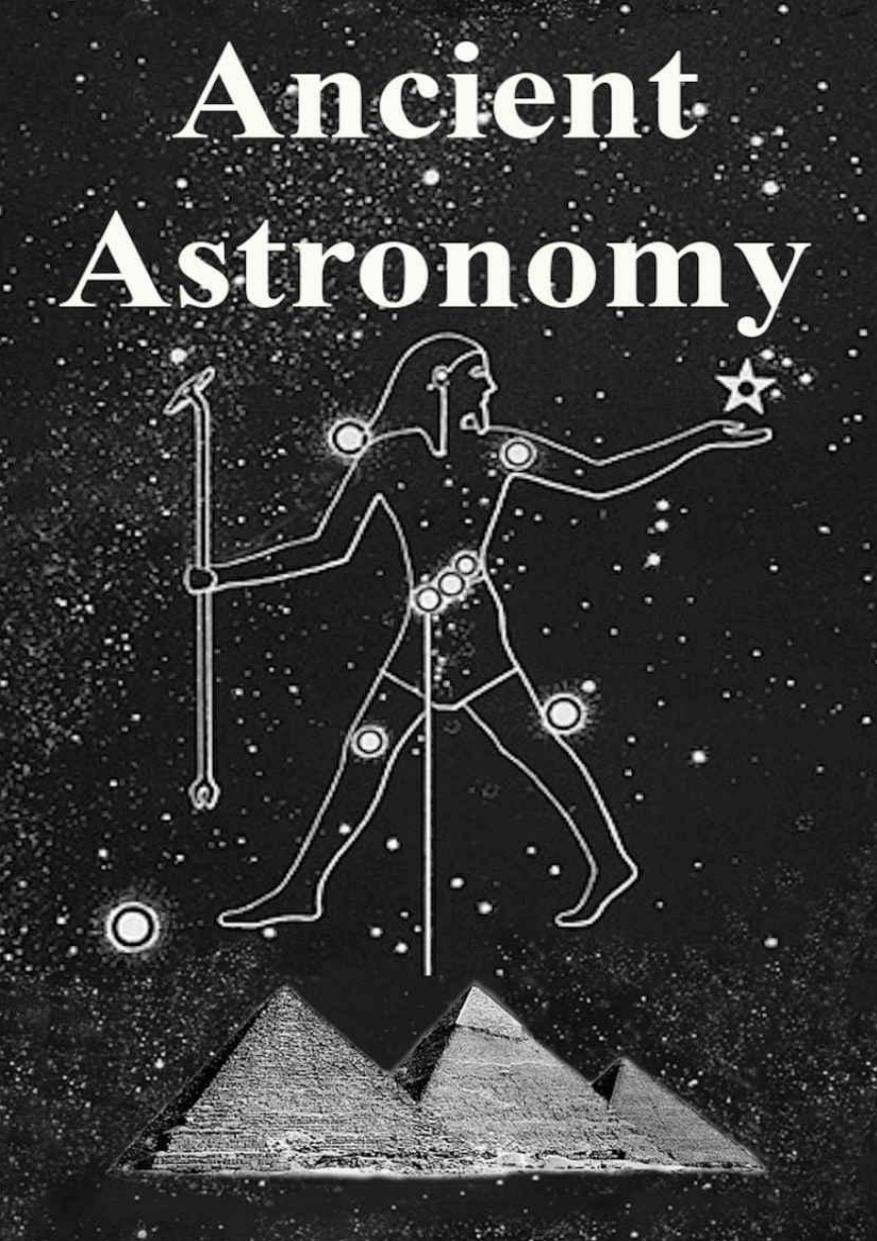Ancient Astronomy: India, Egypt, China, Maya, Inca, Aztec, Greece, Rome, Genesis, Hebrews, Christians, the Neolithic and Paleolithic by unknow

Author:unknow
Language: eng
Format: mobi, pdf
Publisher: Cosmology Science Publishers
Published: 2015-10-19T21:00:00+00:00
Figure 1. Group E astronomical alignments. Symbols: SSSR â Summer Solstice Sunrise, ESR â Equinox Sunrise, WSSR â Winter Solstice Sunrise. The photo made from the eastern stairway, above the first body, about 3.5 meters above the ground level. Photo: StanisÅaw Iwaniszewski.
Group E structures were built on a small natural promontory surrounded by bajos (namely the Bajo de Juventud, see Puleston 1983, fig. 1), or low-lying seasonally flooded swamps. The pyramid E-7 was built at the place highest elevation and the plaza was artificially leveled (Ricketson and Ricketson 1937, pp. 44-45). The place offered unrestricted views to the north-east, east and south-east. Today, no distant landscape features can be seen beyond the immediate setting, but the map (Puleston 1983, fig. 1) shows that the skyline features are located between 4.5 and 7.5 km eastward, and if there was limited tree cover in the way, they would have been visible from Group E. It may be speculated that during the dry season, from January through May, when bajos partially dried out, visibility conditions were improved.
Astronomically significant events might have been discovered at this spot in the distant past and a series of rounded platforms (Structures E, F and G) erected during the Middle Formative Period (600- 300 BCE) could have been connected to this fact (Ricketson and Ricketson 1937, pp. 109-13, 134, 136-137; Rosal et al. 1993, p. 72). Archaeoastronomical interpretations of Group E alignments can be traced back to the phase 2 of Late Formative (300 - 100 BCE) when the earliest versions of pyramid E-7sub-1 and of East Platform E-16-1 were erected. In providing a clear material barrier between the plaza and the bajos, the elongated and high platform (h = 4 m) also served to replace the natural horizon with the built one. The data provided by Aveni and Hartung (1989, pp. 444-445, Table 35.1) imply that top of the platform was high enough to coincide with the skyline extending over thebajos, as seen from the top of E-7sub-1 (h = 3.5 m). The bajos behind the platform remained invisible. This was only a very crude approximation intended to mark the passage of the sun along the eastern and now artificial horizon; the total length of the platform, as reported by Rosal et al. (1993, p. 73) yields 62 meters and is not long enough to be projected onto the annual path of the sun along the eastern horizon, as seen from the spot onto E-7sub1. The only access to the top of the pyramid was through a stairway placed on its eastern side.
About two hundred years later, during the Late Formative phase 5 (100 â BCE â 100 CE) both structures were again modified. The top of E-7sub2 was raised to 8.07 m, while the platform E-16-2 to some 4.52 m only, making the whole arrangement astronomically non-functional. Any observer located atop the pyramid would have seen the sunrise much above the top of the platform, along the skyline features created by the hills on the other side of bajos.
Download
Ancient Astronomy: India, Egypt, China, Maya, Inca, Aztec, Greece, Rome, Genesis, Hebrews, Christians, the Neolithic and Paleolithic by unknow.pdf
This site does not store any files on its server. We only index and link to content provided by other sites. Please contact the content providers to delete copyright contents if any and email us, we'll remove relevant links or contents immediately.
What's Done in Darkness by Kayla Perrin(25490)
Shot Through the Heart: DI Grace Fisher 2 by Isabelle Grey(18208)
Shot Through the Heart by Mercy Celeste(18151)
The Fifty Shades Trilogy & Grey by E L James(17767)
The 3rd Cycle of the Betrayed Series Collection: Extremely Controversial Historical Thrillers (Betrayed Series Boxed set) by McCray Carolyn(13179)
The Subtle Art of Not Giving a F*ck by Mark Manson(12896)
Scorched Earth by Nick Kyme(11821)
Stepbrother Stories 2 - 21 Taboo Story Collection (Brother Sister Stepbrother Stepsister Taboo Pseudo Incest Family Virgin Creampie Pregnant Forced Pregnancy Breeding) by Roxi Harding(11011)
Drei Generationen auf dem Jakobsweg by Stein Pia(10207)
Suna by Ziefle Pia(10176)
Scythe by Neal Shusterman(9249)
International Relations from the Global South; Worlds of Difference; First Edition by Arlene B. Tickner & Karen Smith(8599)
Successful Proposal Strategies for Small Businesses: Using Knowledge Management ot Win Govenment, Private Sector, and International Contracts 3rd Edition by Robert Frey(8404)
This is Going to Hurt by Adam Kay(7680)
Dirty Filthy Fix: A Fixed Trilogy Novella by Laurelin Paige(6444)
He Loves Me...KNOT by RC Boldt(5795)
How to Make Love to a Negro Without Getting Tired by Dany LaFerrière(5366)
Interdimensional Brothel by F4U(5298)
Thankful For Her by Alexa Riley(5148)
